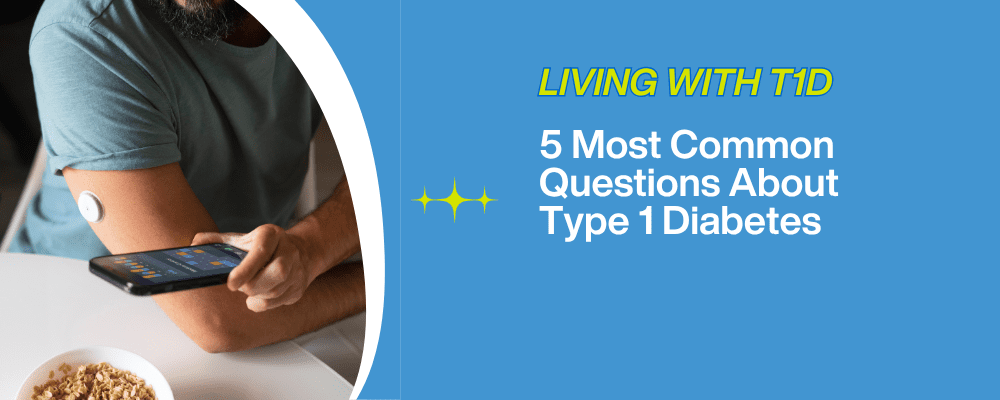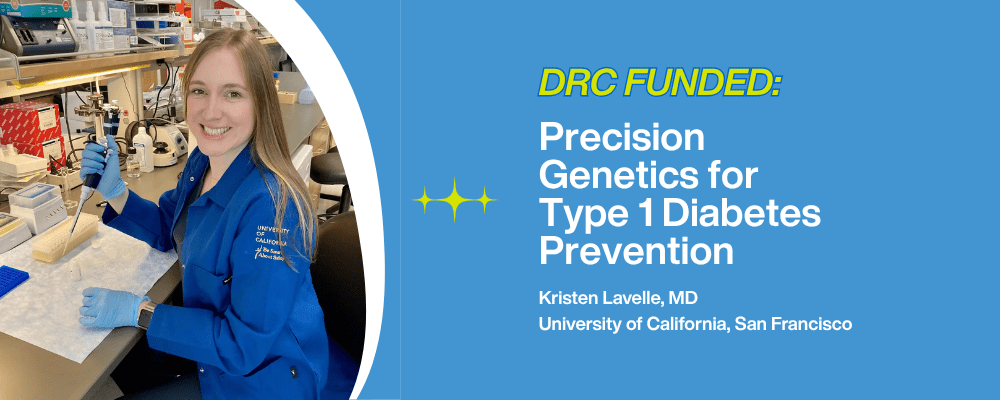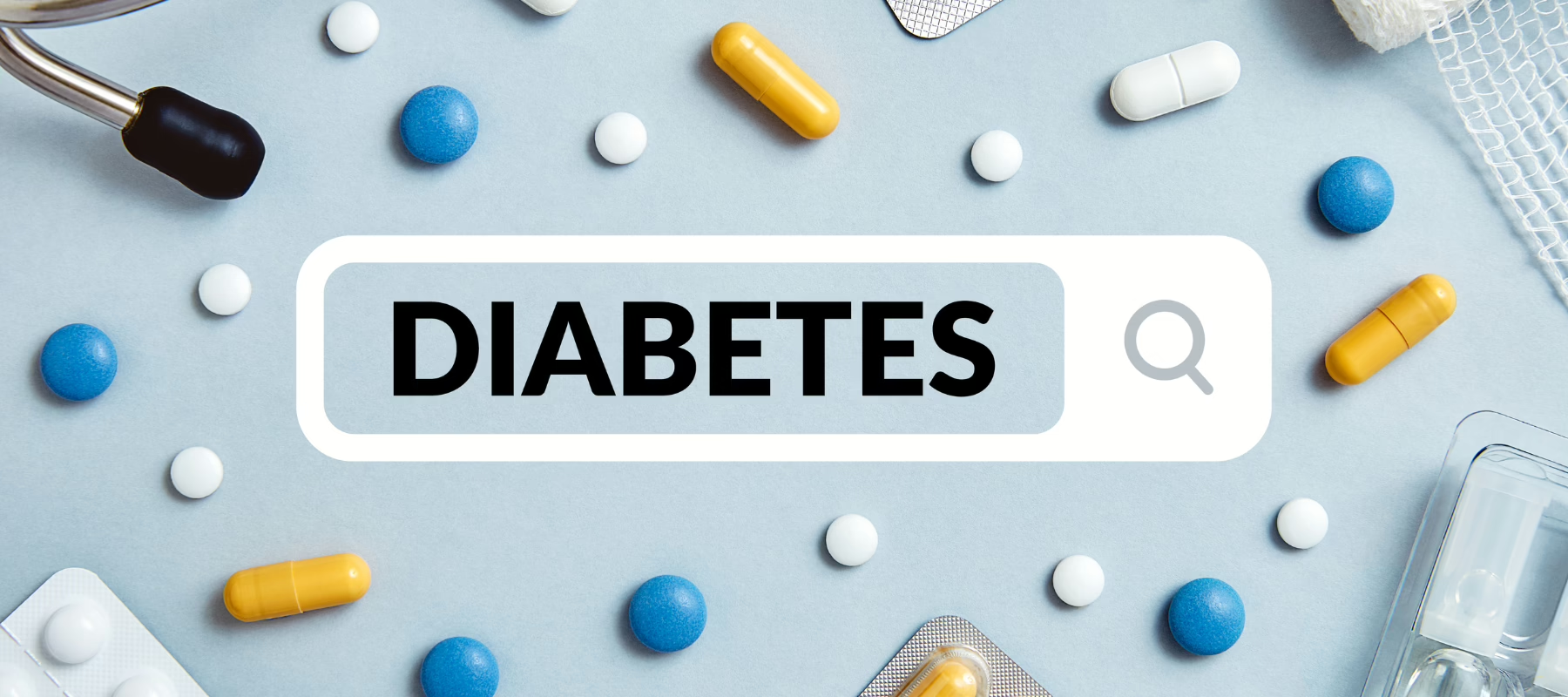Maintaining Beta-Cell Function with T1D
In healthy individuals, pancreatic beta cells respond to glucose levels in the blood and automatically increase or decrease the production and release of insulin. This occurs without individuals ever knowing it happened. But in those with type 1 diabetes (T1D), the immune system mistakenly attacks and destroys insulin-producing beta cells leaving the body unable to naturally regulate blood sugar levels. Instead, individuals must do this on their own by continually monitoring their blood sugar and administering the appropriate amount of insulin via injection or an insulin pump.
However, in the early stages of type 1 diabetes, the pancreas continues to produce insulin, just not enough to keep blood sugar entirely under control. Eventually, this function ceases and individuals become insulin-dependent. Researchers have been investigating potential treatment options to preserve beta-cell function and slow the progression of type 1 diabetes.
A recent study found that the drug golimumab has shown positive results when used to treat individuals newly diagnosed with T1D. When administered every two weeks, this anti-tumor-necrosis-factor (TNF) therapy helped preserve beta-cell function and reduced the amount of additional insulin required by patients.
After 52 weeks of treatment, “41.1% of participants receiving golimumab had an increase or less than 5% decrease in C-peptide compared to only 10.7% in the placebo group.” C-peptide only measures the amount of insulin produced naturally by the pancreas, not injected insulin. Participants receiving the drug were able to maintain better blood sugar control with less insulin and also experienced a decrease in incidences of hypoglycemia where blood sugar was less than 54 mg/dL.
Another treatment that has shown potential is the combination of anti-interleukin (IL)-21 and liraglutide. Participants were randomly assigned to one of four groups: anti-IL-21, liraglutide, anti-IL-21 and liraglutide, or a placebo. Anti-IL-21 targets IL-21-mediated inflammation while liraglutide may reduce cell stress and apoptotic cell death. Treatment was administered every six weeks for 54 weeks.
At the end of the trial, those participants who received the combination treatment showed statistically better beta-cell function than those receiving only liraglutide or the placebo. Beta-cell function was nonsignificant when compared to those receiving only anti-IL-21. In addition, results showed that “combination therapy resulted in the lowest on-treatment glucose levels, although this was not statistically significant, and a significant 32% reduction in insulin dose relative to placebo.”
A third treatment of note was the use of ladarixin, a CXCR1/2 inhibitor that blocks IL-8. Although this therapy did not slow beta-cell function decline during the three-month trial period, it did achieve a statistically significant decline after six months. However, these effects had disappeared again by 12 months. But individuals taking ladarixin did experience better HbA1c levels than those in the placebo group. More research is needed on potential uses and effectiveness of ladarixin.
In addition, researchers also conducted a study involving individuals who were not yet diagnosed with T1D, but who were at high risk due to family history and the presence of at least two autoantibodies. They wanted to see if they could preserve beta-cell function and delay onset of T1D through the use of an Fc receptor-nonbinding anti-CD3 monoclonal antibody called teplizumab.
In this trial, 44 participants received teplizumab, and 32 received a placebo. Treatment was administered for 14 days. The results showed that “the medium time to the diagnosis of type 1 diabetes was 48.4 months in the teplizumab group and 24.4 months in the placebo group.” Overall, T1D was eventually diagnosed in 43% of the teplizumab group and 72% of the placebo group, demonstrating that the treatment may have helped slow the progression of the disease and preserve beta-cell function in individuals at high risk of developing T1D.
All of these therapies are continuing to undergo research to determine their effectiveness and potential use in delaying or preventing the onset of T1D. Diabetes Research Connection (DRC) is dedicated to ensuring that this type of work continues and provides critical funding to early-career scientists pursuing novel, peer-reviewed studies related to type 1 diabetes. Dr. Kevan Herold, a Yale researcher and member of the DRC’s scientific review committee (SRC), was involved in the study regarding teplizumab. Learn more about how the DRC supports scientists and current research projects by visiting http://localhost/drc.




